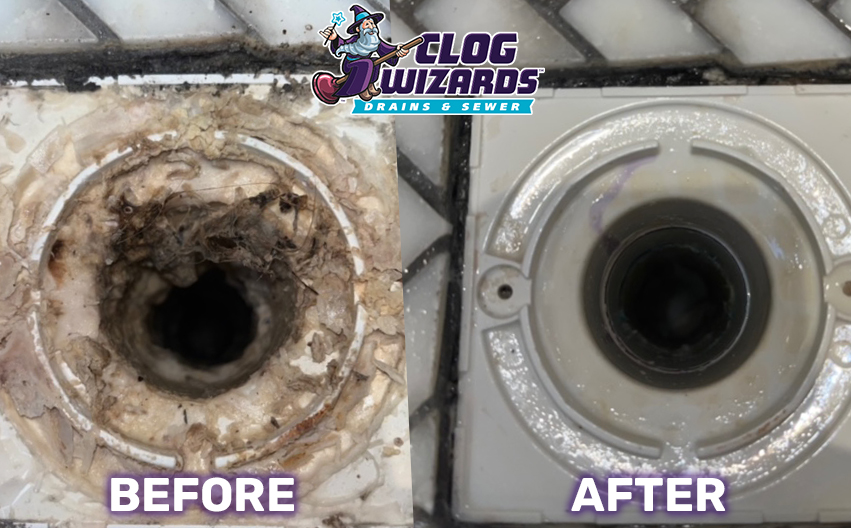While cold weather can bring some beautiful snowscapes, it can also bring some costly plumbing bills. When pipes freeze up due to extremely cold weather, they can easily burst. Not only will the pipe need to be replaced, but the restoration of all the water-damaged items can be extremely costly.
 Insulate Your Piping
Insulate Your Piping
Probably one of the best ways to help greatly reduce your risk of experiencing a frozen pipe this winter season is to insulate. Exposed piping that doesn’t have any adequate heat source should be your first priority. You’ll likely find this piping in your attic, basement, or garage.
You can opt for installing tubular insulation along these pipes or wrap them in tape insulation designed for the specific type of piping material that you have. Other methods for keeping your pipes warm include using a heat cable specifically designed for plumbing or a space heater in that area of your home.
Get Your Drains Professionally Cleared
Partial drain clogs can be your worst nightmare when it comes to frozen pipes. Due to the partial clog, there is only a small amount of area for water to flow. If temperatures get cold, the water can easily start to freeze up quickly and leave you with frozen pipes.
While unclogging your pipes will be a necessity, it’s best to prevent them from becoming clogged in the first place. Having a plumber perform drain clearing maintenance on your system each year will help to remove any excess debris that could be partially clogging them. Doing this right before winter will help to ensure that your drains are completely open and are at a much lower risk of freezing up.
Prep Outdoor Faucets
If you don’t have a frost-free outdoor faucet, then you’ll need to adequately prep your faucet for the colder winter weather. You’ll want to start by disconnecting any hoses and draining them adequately before storing them away for the winter season.
Next, locate and turn off the water supply going to your outdoor faucet. It should have its own shut-off valve inside of your home. After shutting the valve off, you’ll want to bleed the existing water in the pipe. There should be a small bleeder attached to the shut-off valve. You’ll simply need to open it and let the excess water drain into a bucket.
It’s important to note that you’ll need to invest in a frost-free outdoor faucet if you plan on using it during the colder months of the year. This type of system is constructed so that the main working components are positioned in the piping section inside of your home. Additionally, it’s installed at an angle to allow excess water in the pipe to flow outside and drain.
Be Mindful of Cold Snaps
No matter how much planning you do, cold snaps can throw a wrench in your plans. When they hit, it’s best to inspect each pipe for a leak. If you find one, make sure you shut off the water and contact a repair professional. Cleaning up the water as soon as possible reduces the amount of damage that it does to your home and personal items.
You should feel the piping throughout your home when it gets extremely cold. If the piping is cold to the touch, then you need to provide adequate heat to keep it from freezing. With vanities and undercabinet plumbing, you’ll want to open the doors to allow heated air to enter.
Always keep your garage doors closed if you have exposed plumbing in them. If you can’t use insulation or you don’t have access to heat for specific pipes in your home, then you’ll want to turn on the faucet to allow water to drip out of it. This constant flow of water goes a long way in trying to prevent any freezing from occurring.
What to Do With Frozen Pipes?
If you notice that one of your pipes is frozen, time is of the essence. Start by turning on the faucet so that water will have a place to travel once you unfreeze it. Use hot towels wrapped over your piping, a hair dryer, or an electric heating pad to warm up the frozen section of your piping. Avoid any source of heat that has an open flame, like a propane or kerosene heater.
You’ll want to regularly check your pipe during the unfreezing process to see if it’s developed a leak. If you’re unable to successfully defrost your pipe on your own, then it’s time to call in a licensed plumber to get the job done.